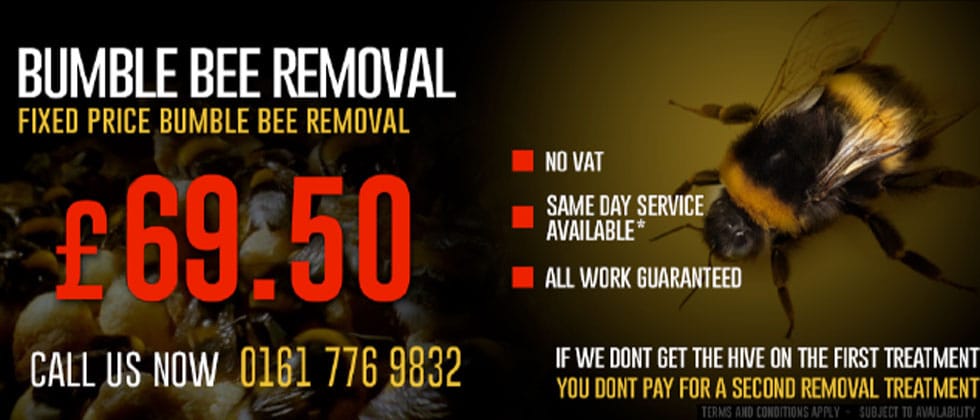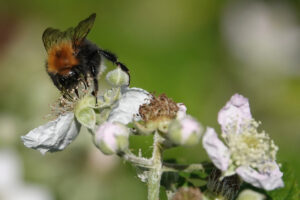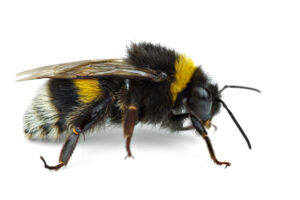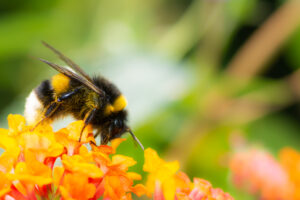

Need Help? Call Us On 0161 776 9832 For Expert Pest Control Advice On How To Identify Pest Infestations And Help Solve Your Pest Problem.
Poynton Bumblebee Hive Removal
Bumblebees might be small, but they can pack a powerful
Risks of a Bumblebee Sting
Bumblebee venom that is excreted from a sting can have adverse reactions in some people who are allergic to their stings, such as causing the immune system weakens. In addition, parts of the body swell, blocking airflow. This could lead to difficulty breathing and severe consequences if untreated or left unchecked for too long! So be sure to seek medical assistance for anyone who has been stung by bees immediately upon noticing strange symptoms- it's essential they get treated quickly because anything less than immediate medical attention might prove fatal.
The best way to protect yourself from bumblebees is to contact Poynton Bumblebee Nest Removal Service Near Me to remove the nests from your property. If you see a nest, don't try to remove it yourself – call a professional instead. They will be able to remove the nest safely.
Bumblebees Breeding Cycle
The breeding cycle of bumblebees starts in late spring when the queen bee starts looking for a place to build her nest. She 
The Heath Bumblebee
The Heath bumblebee (Bombus jonellus) was introduced as the yellow-banded bumblebee. The colouring varies depending on where they are found, but it is generally some variant of brown with black markings. The size of the heath bumblebee is also variable, but they are typically around 15-18mm long. The heath bumblebee is found in various habitats but prefers grassland and heathland.
The Early Bee
The Early Bee (Bombus pratorum) is a bumblebee with a moderate size. They grow no larger than 3 centimetres in length and are always black, brown or yellow-orange in colour. They are often mistaken for the Buff-tailed bumblebee (Bombus Terrestris), as they look very similar. The Early Bee is found in a number of different habitats, nesting in everything from woodland to gardens. They are also increasingly moving into urban areas, where they can be found nesting in roof cavities and walls.
Don't try to deal with it yourself if you have a Bumblebee
